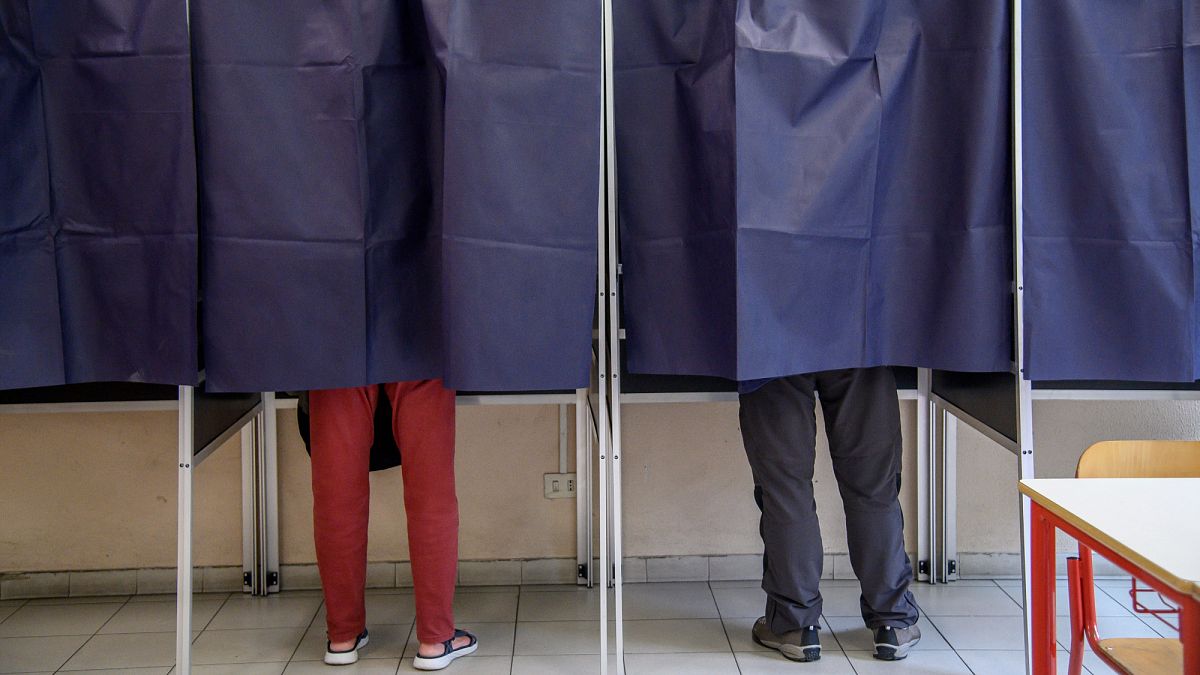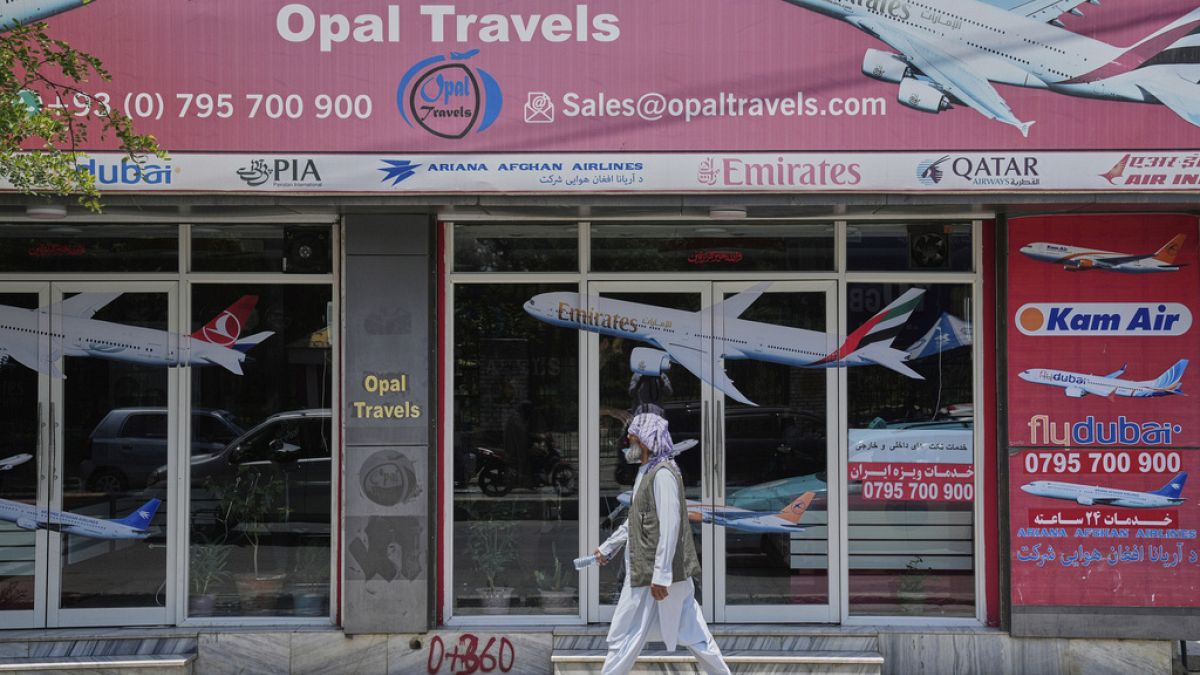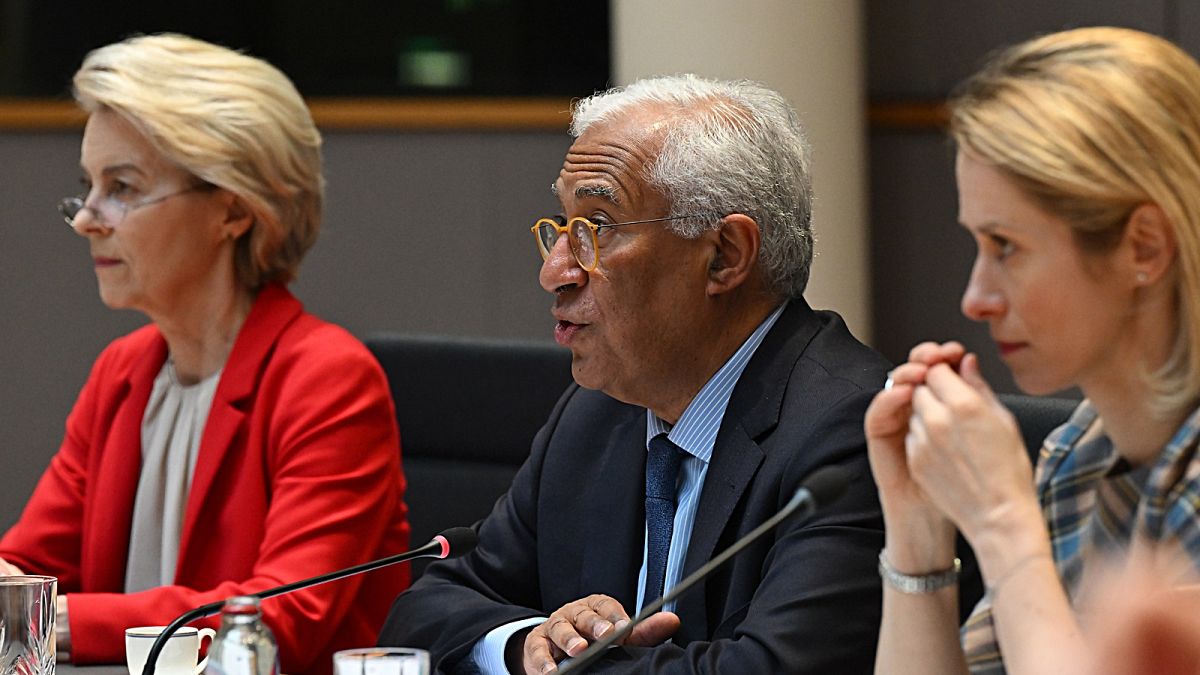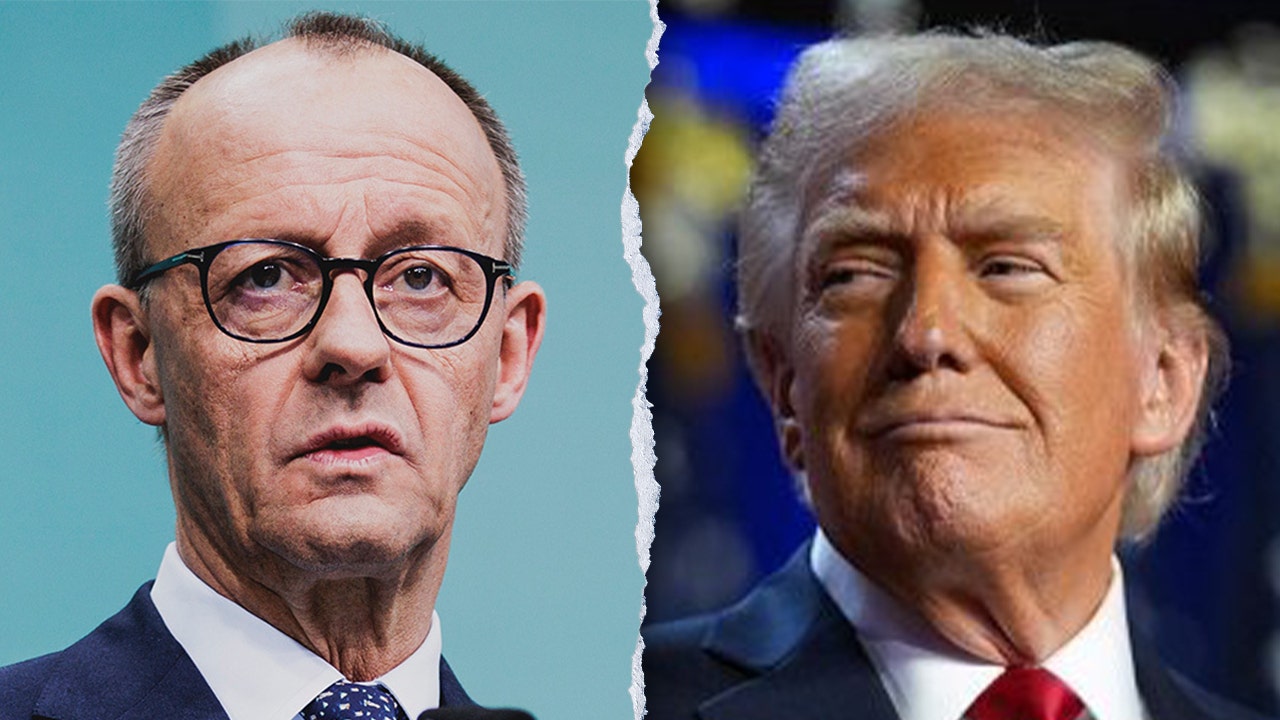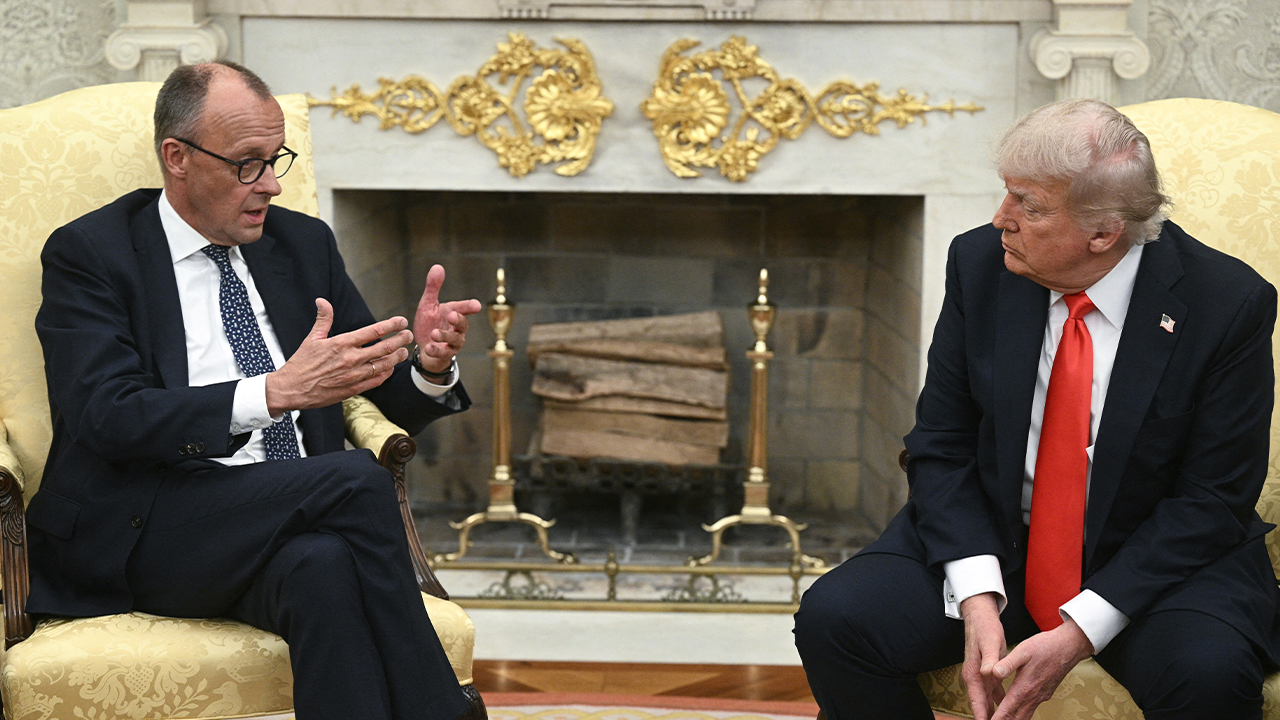The European Commission plans to launch a vast operation to clean up PFAS (Per- and Polyfluoroalkyl Substances), also known as “forever chemicals” in water through the creation of public-private partnerships.
These were the conclusions of the European Water Resilience Strategy, adopted on Wednesday in Brussels.
In 2022, out of 1,300 monitoring sites in Europe, 59% of rivers, 35% of lakes and 73% of coastal waters exceeded the environmental quality standard for perfluorooctanesulphonic acid (PFOS), a type of PFAS, according to the European Environment Agency (EEA).
In Europe, only 37% of surface waters are in good or very good ecological health and 29% have achieved good chemical status, according to the agency.
Environmental associations, which are campaigning for a ban on PFAS at the source, are denouncing this as a “missed opportunity”.
“We expected to see more ambition to reduce pollution at the source,” said Angeliki Lyssimachou, head of science and policy at the Pesticide Action Network (PAN) Europe.
‘Forever chemicals’
Per- and polyfluoroalkyl substances are dubbed “forever chemicals” because they don’t easily break down in the environment and accumulate in humans and animals over time.
Health costs are estimated at €52 to €84 billion a year and some of the chemicals have been classified as carcinogenic.
These chemical compounds are non-stick, waterproof and resistant to high temperatures. They are also present in many everyday items such as non-stick frying pans, fire-fighting foams and medical devices.
Jessika Roswall, the European Commissioner for the Environment and Water Resilience said she was in favour of banning PFAS in consumer products such as cosmetics and food packaging. However, she stressed that it would be difficult to ban all PFASs, as some do not yet have an effective alternative.
“The problem is that we need PFASs for many different products. For example, medical products like inhalers (…) or many things for which there is no substitution. In terms of the ecological transition, semiconductors, digitisation or the defence industry,” Roswall told Euronews.
In a leaked document, the Commission’s estimated range for the annual cost of PFAS decontamination in Europe was wide, at anywhere from €5 all the way to €100 billion. For the water sector alone, the cost could increase to up to €18 billion annually for drinking water treatment.
For some pollutants, such as TFA (trifluoroacetic acid, a type of PFAS), the clean-up is not so simple.
“According to the water companies, it’s a very expensive process that involves extracting all the minerals from the water and adding them back. At the end of the day, you’re going to lose a lot of water,” says Angeliki Lyssimachou. “So you’re going to consume a lot more energy.
The Commission wants to apply the “polluter pays” principle and reserve public funding for sites where it has not been possible to identify who is responsible.
European strategy
The European Water Resilience Strategy aims to restore the water cycle and ensure access to clean, affordable water at a time when Europe is facing extreme weather events such as floods and droughts. 34% of the EU is affected by water shortages.
“Water is life. Water resilience is essential for our citizens, our farmers, the environment and businesses. The Commission’s Water Resilience Strategy sets out the path towards a sustainable, resilient, smart and competitive water economy. We must act now to protect this resource,” said European Commission President Ursula von der Leyen in a statement.
The European action plan also includes raising awareness for these issues through public debates, increasing European funding for infrastructure modernisation, supporting digitisation through the EU’s Copernicus Earth observation programme, and supporting innovation.
Read the full article here








